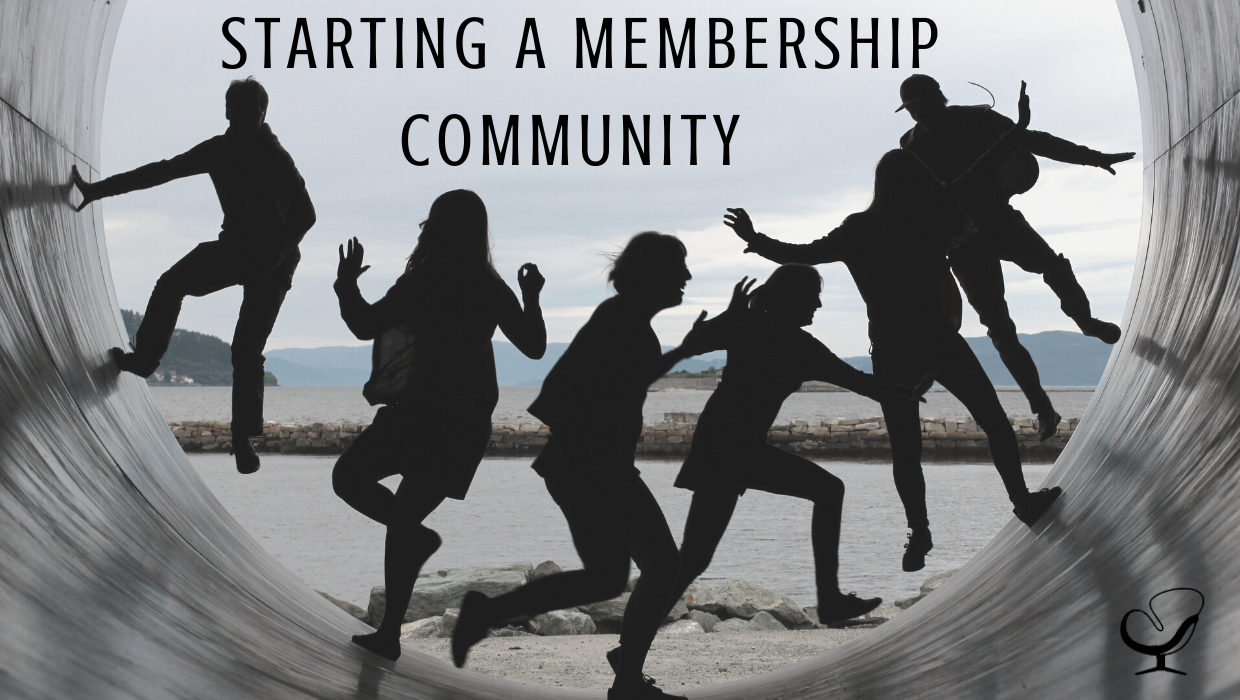Here’s my full interview text with Pat Flynn, this was for my article for Podcast Magazine’s March issue. You can read it free in the Podcast Magazine app. To follow Pat, check out his SPI podcast. Here’s his advice on starting a membership community:
Tips to Start a Membership Community
Starting a membership community is not push-button easy. It’s going to take a lot of planning, a lot of work, a lot of research to determine the type of person and exactly what you would want to offer them in there, but don’t let this put you off starting one.
Tip #1: Consider the Journey Before Starting a Membership Community
It’s important to consider the journey that this person is going to have in there. Is it for support purposes? For networking purposes? Or is it for content purposes? We need to know exactly what we want to create before we start putting rubber to the road and creating things. But once you nail that, it becomes a lot easier for this thing to finally materialize.
Tip #2: Choose the Right Platform to Start a Membership Community
In my opinion, I’m a big fan of circle.so I think there’s a lot of other great platforms out there like Mighty Networks, and of course, you could use things like Facebook groups to bring communities and memberships together. However, circle.so has become our go-to for SPI Pro and it allows for a lot of flexibility and creation on it, whilst providing a nice framework to keep things organized and intuitive for the users who are in there. Full disclosure, I’m an advisor, and also an affiliate for circle.so.
Tip #3: Get Team Members Involved
When a team is involved in the community, step up, part of the conversation, and helping people along, that can go a very long way, as community is just a part of it from the top down. When you get people stepping up and actually having conversations with people and engaging with the community there, it always helps the thriving aspect within the space.
If possible, hire a community manager who can almost take lead on that and become the go-to and the person responsible for communication. They will essentially become the “face” of the community, or the liaison between the other team members and the community itself. We hired somebody on our end to do that and she’s been absolutely instrumental in the continued growth and engagement that happens within the community.
Tip #4: Consider Regular Things That People Can Look Forward to
For example, every month we have a COTM, or a challenge of the month, something that members can get a lot of value from and continue to stay on board and look forward to for the next one. These things have to be achievable and something that can be done within the month, obviously. But once you get the results, that’s a great way to hook people in.
Tip #5: Don’t be Afraid About Churn in a Membership Community
Churn deals with how many people actually leave every month after they get the bill and realize that they’re just not as involveed as they would want to be, hence why they stop paying. I think reducing churn as much as possible is key. Obviously, do what you can to keep people in and keep them excited. But if they leave, that’s okay as they can always come back.
You can even do a re-engagement campaign three or six months later to see if they’d like to come back in. You can even bring them in at the same price if you’d like. There’s a lot of fun things that you can do to encourage people who have left to come back and come back even stronger. Lastly, realize that when people leave, it makes the base within the community much stronger too.
So learn as you go, follow suit from others, get motivated by others and hopefully you will succeed.
If you’d like more information on starting a membership community, check out Joe Sanok’s article on “What I learned from Launching a Membership Community.”

